Some species have been here so long they’ve basically witnessed the entire plot of Earth unfold.

While humans are relative newcomers, these creatures have been quietly lurking in the background—through mass extinctions, ice ages, and planetary chaos—just minding their business and refusing to die out. If they had opinions, they’d probably roll their eyes at our climate panic, knowing full well they’ve survived worse. Here are the life forms that have been around for millions (or even billions) of years, and probably have receipts on evolution itself.
1. Horseshoe crabs
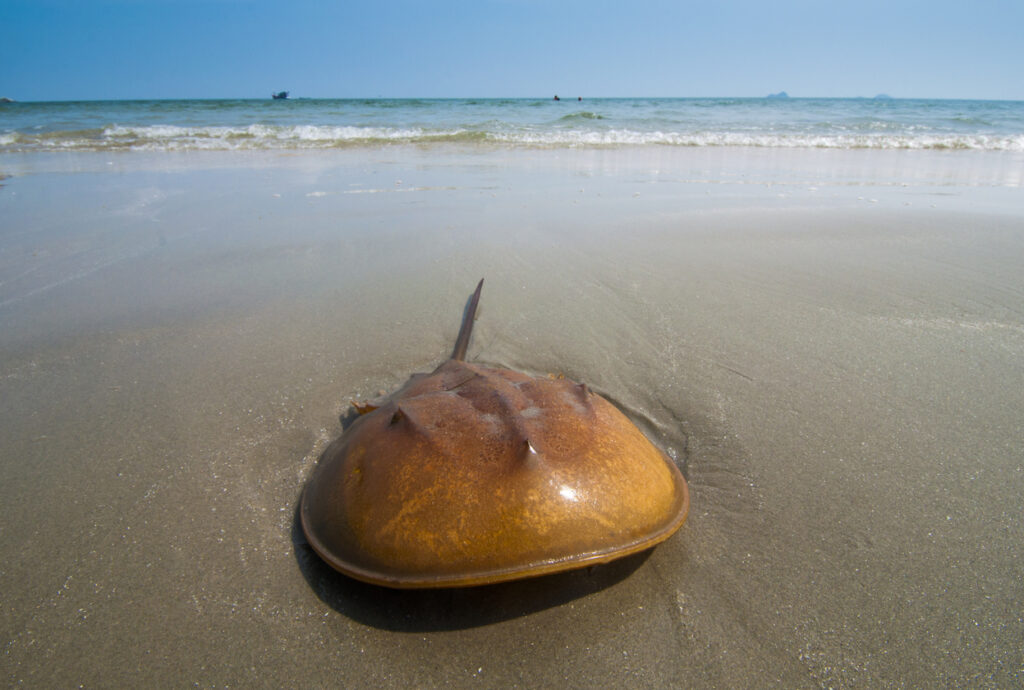
These weird, helmet-shaped sea dwellers have been scuttling around for over 450 million years. That means they were here before dinosaurs, before flowers, and definitely before anything resembling a brain as we know it.
They haven’t changed much in all that time, either. Evolution looked at them and basically said, “Yeah, that works.” They’ve outlived everything by keeping it simple—no drama, just quiet resilience and blue blood (which, oddly enough, humans now harvest for medical use).
2. Nautiluses
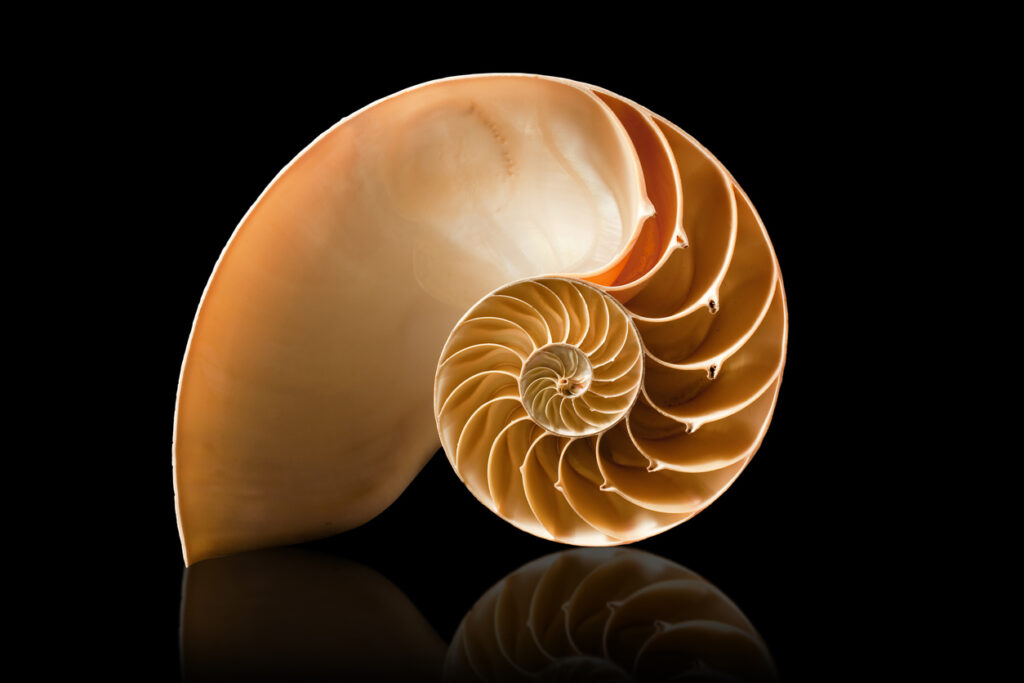
If seashells had a wise old grandparent, it would be the nautilus. These spiral-shelled sea creatures have been floating around for over 500 million years with a look that hasn’t really changed. They’re like ancient submarines—elegant, slow, and unfazed by modern nonsense.
They use jet propulsion to move and live in the deep sea, which might explain how they’ve dodged most of Earth’s mass extinction events. If you’ve never heard of them, that’s probably how they like it—quietly legendary.
3. Stromatolites
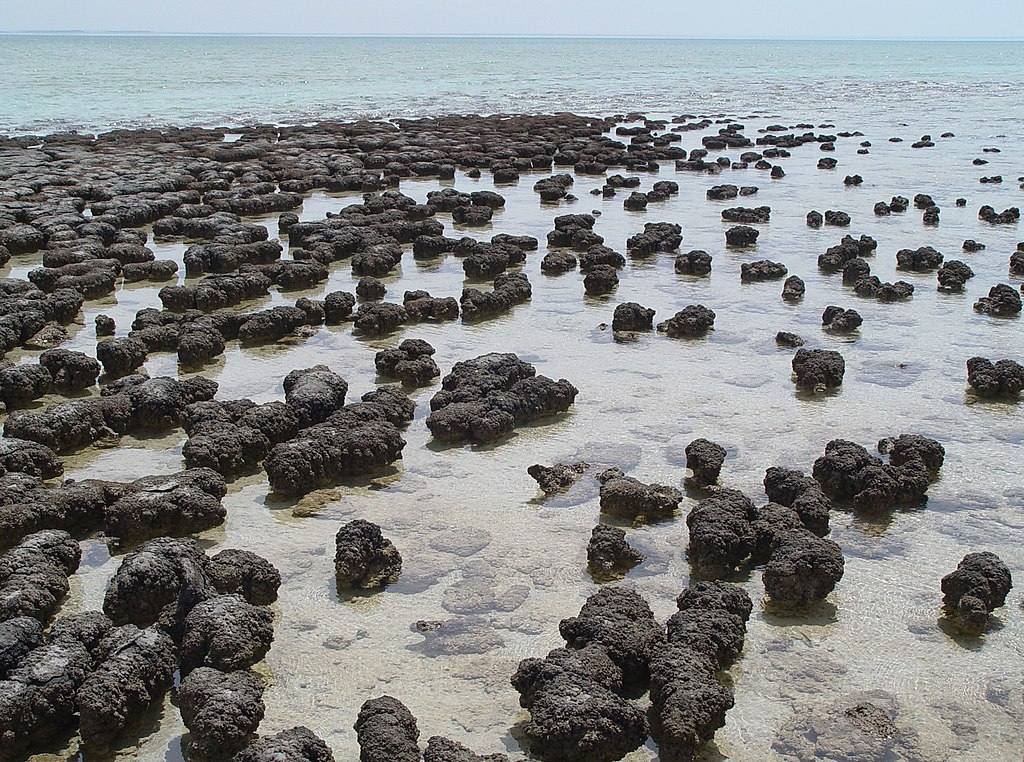
These ancient microbial structures are made by cyanobacteria, and they’ve been around for a jaw-dropping 3.5 billion years. That’s not a typo—billion. They’re some of the earliest evidence of life on Earth.
They look like lumpy rocks, but they’re basically fossilised layers of microscopic life stacked over millennia. Some still exist today in remote, salty lakes, just calmly photosynthesising like they always have—unbothered, immortal, and probably judging us all.
4. Jellyfish
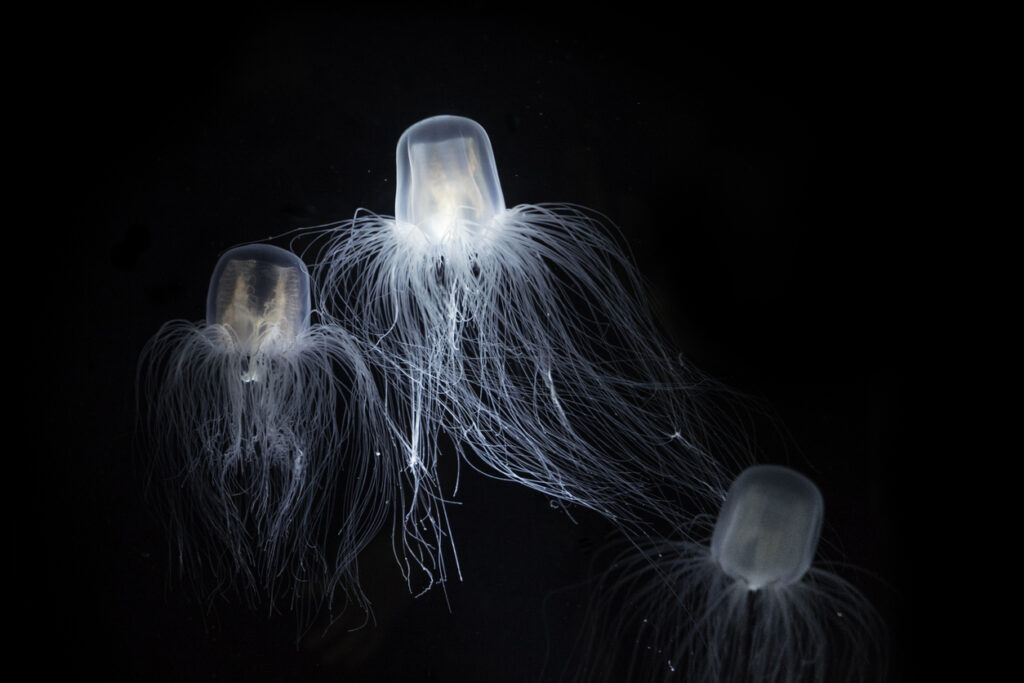
These squishy, translucent floaters have been drifting through oceans for around 500 million years. They don’t have brains, hearts, or bones—but clearly, that hasn’t held them back. Jellyfish are living proof that complexity isn’t everything. Some species can even reverse their life cycle, making them effectively immortal under certain conditions. Evolution really said, “You don’t need a nervous system to thrive—just vibes.”
5. Coelacanths
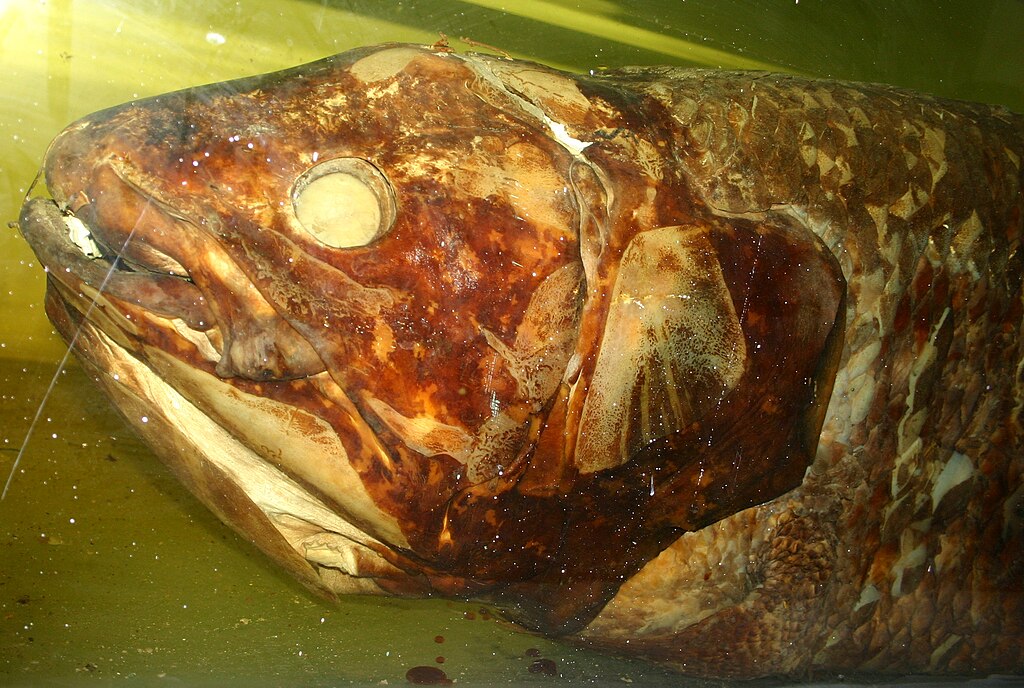
Thought to be extinct for 66 million years, these bizarre fish were rediscovered in 1938 off the coast of South Africa. They’re often called “living fossils” because they look exactly like their fossilised ancestors from 400 million years ago. With their lobe-finned limbs and slow-motion swim, they feel more myth than reality. They’ve watched fish evolve into land animals and thought, “Nah, I’m good right here.”
6. Crocodiles
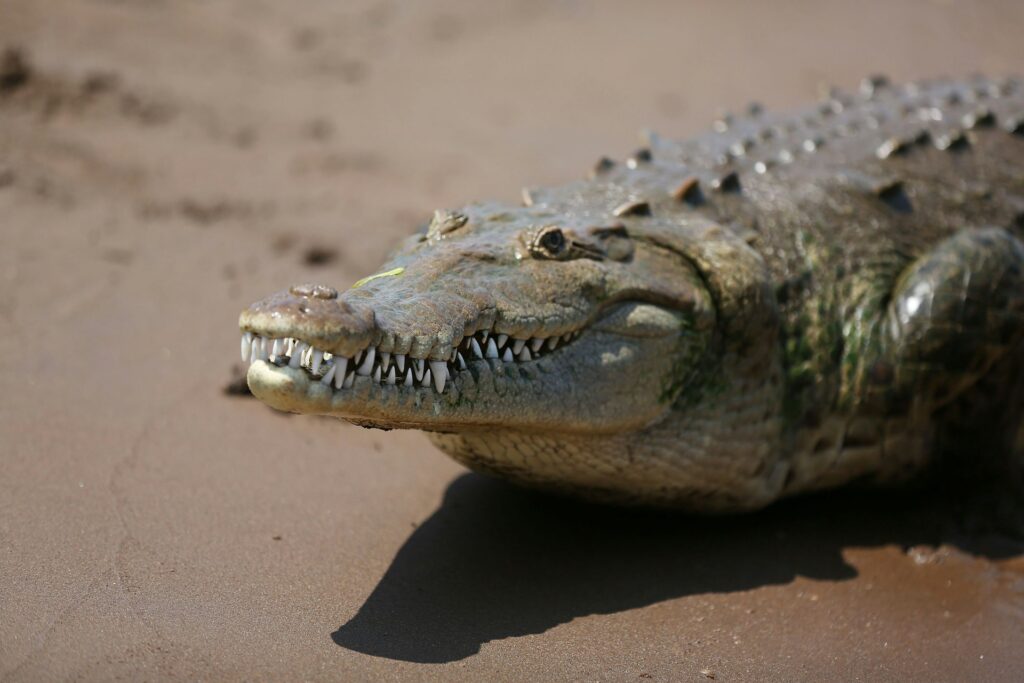
Modern crocodiles have been lurking in swamps and rivers for about 200 million years. They survived whatever wiped out the dinosaurs and kept right on snapping at anything that came too close. They haven’t changed much because they haven’t needed to. With a bite force that could crush bone and a chill, lurking nature, they’ve been quietly dominating since the Triassic era, and don’t seem to be in any rush to leave.
7. Tardigrades
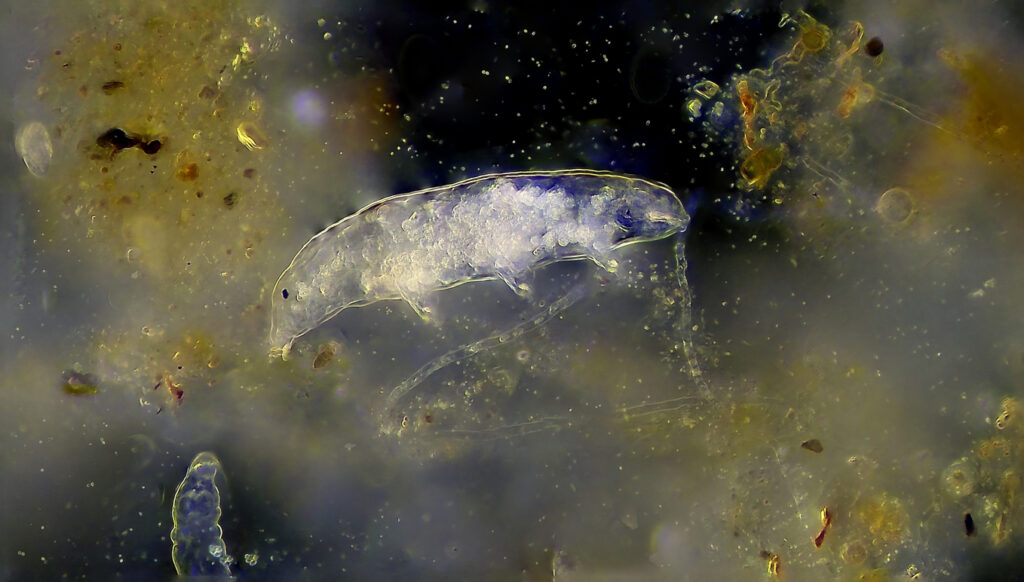
These microscopic weirdos, also known as water bears, have survived every apocalypse Earth has thrown at them. Vacuum of space? No problem. Boiling water? Bring it. Radiation? Please. They’ve been around for at least 500 million years and might just outlive the sun. If aliens ever visit Earth and we’re long gone, tardigrades will be here to greet them—and probably act like nothing’s changed.
8. Ginkgo trees
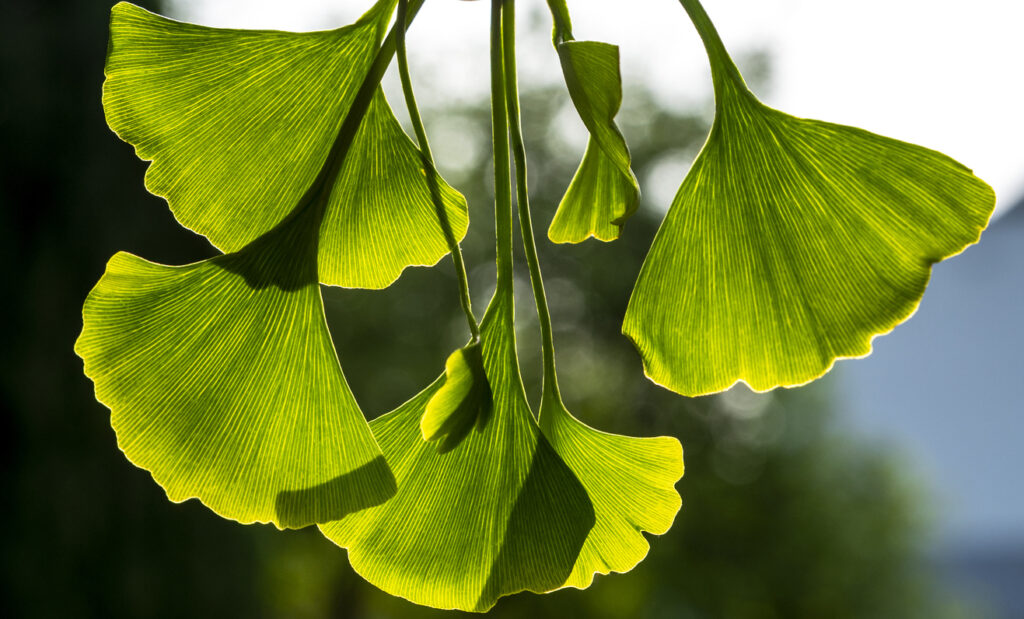
Ginkgo biloba trees are often planted along city streets today, but their lineage dates back 270 million years. They’re the only remaining species of an ancient group of trees that predates the dinosaurs. They’ve survived ice ages, mass extinctions, and even the atomic bombing of Hiroshima—some trees near the blast site started growing again soon after. If that’s not ancient strength, what is?
9. Sharks
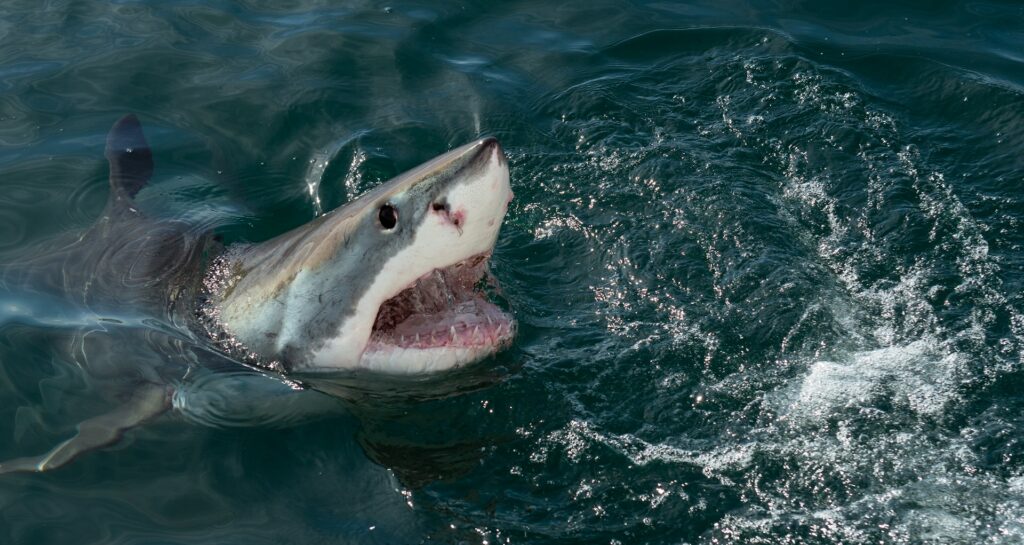
Sharks have been gliding through Earth’s oceans for about 400 million years. That’s before trees existed. Some species have remained almost unchanged since the age of the dinosaurs. They’re apex predators, sure, but also ancient survivors. With an incredible sensory system and a knack for adaptation, sharks have kept their throne without ever needing a major makeover.
10. Ferns
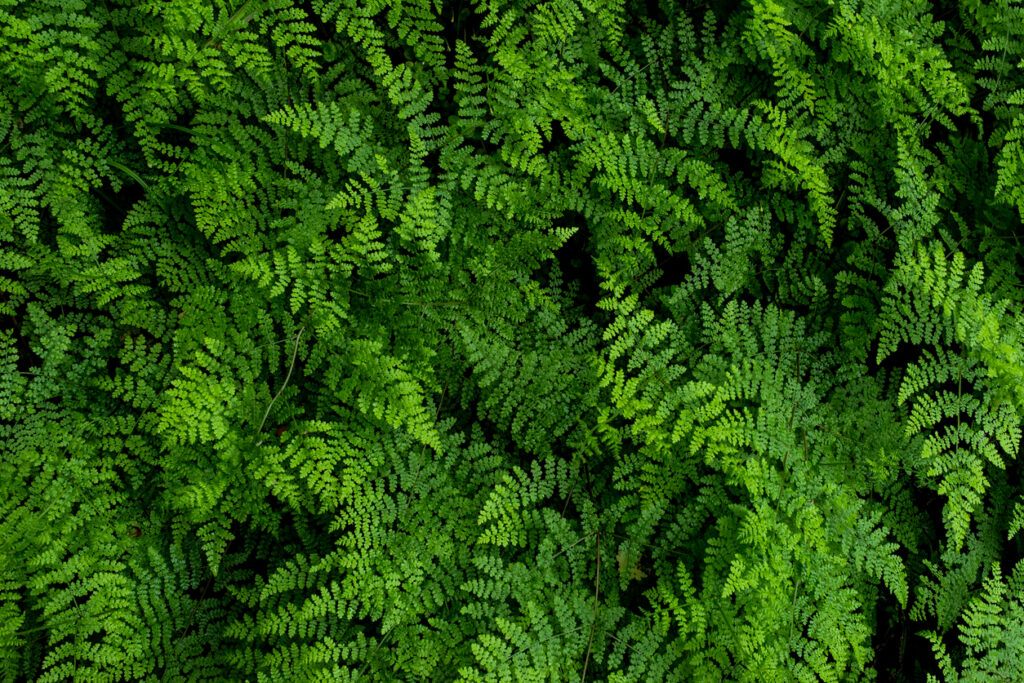
Ferns are some of the oldest types of plants on Earth, dating back around 360 million years. Unlike flowering plants, which showed up much later, ferns reproduce using spores—because seeds are for newcomers. They’ve been quietly carpeting the forest floor long before mammals showed up, and they’re still going strong. Every time you pass one on a woodland walk, just know you’re looking at something older than your entire family tree.